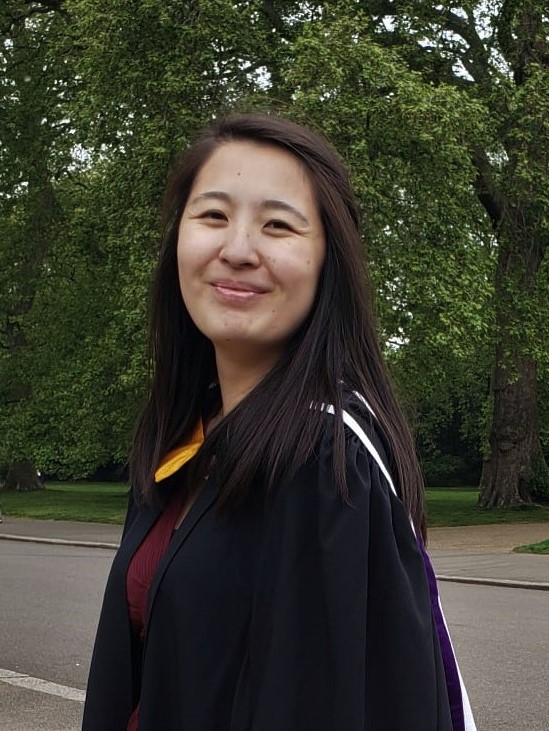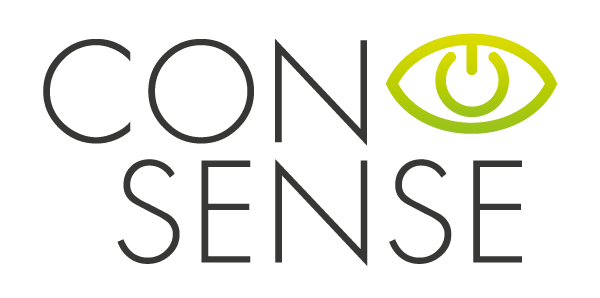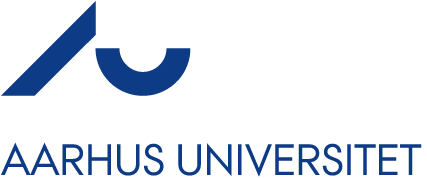
Emily Tsang
Host: Aarhus University
Supervisors: Prof. Kurt Vesterager Gothelf (AU), Victoria Birkedal (AU)
ESR 7: Developing DNA Origami Nanostructures for Continuous Biosensing
“Whatever your interests are, follow them and develop a career without realising it!“
The aim of the project is to design and functionalise DNA nanostructures for continuous sensing of clinically relevant biomolecules. In particular, the project will focus on using the DNA origami technique, which is excellent for forming large nanostructures of arbitrary shapes and they have great potential for sensing and amplification of the readout. One of the major drawbacks of DNA origami is the lack of stability under physiological conditions, in particular in biological fluids such as bloodand serum. Therefore, another aim of the project is to develop methods for stabilization of DNA origami while the functionality of the structure is preserved. The project further involve conjugation of antibodies and other proteins to DNA and integration of such biomolecules in DNA origami.
During my undergraduate studies, I became inspired by the potential of what synthetic biology could bring for tackling major, global issues. Being eager to learn more, I continued my studies in this topic in a master’s degree. It was here I discovered DNA origami. I became fascinated by the ability to create beautiful structures due to the programmability of the technique; however, I was even more captivated by the functionality of these structures with potential applications in drug delivery and biosensing. I am thrilled to be a part of CONSENSE as it allows me to both continue working in the field of DNA origami and contribute to a wider cause of biosensing which can really bring life-changing results.
After successfully obtaining a bachelor’s degree in Biochemistry at the University of Southampton in 2020, I continued my journey in research by undertaking a master’s degree in Systems and Synthetic Biology at Imperial College London. The aim of my master’s project was to create a calibration platform for a novel experimental set-up for time-resolved cryo-EM. This involved a collaboration between the Enchev group at The Francis Crick Institute where I focused on computational fluid dynamics and the Ouldridge group at Imperial where I created DNA origami constructs to be used as fiducial marks for calibration.

